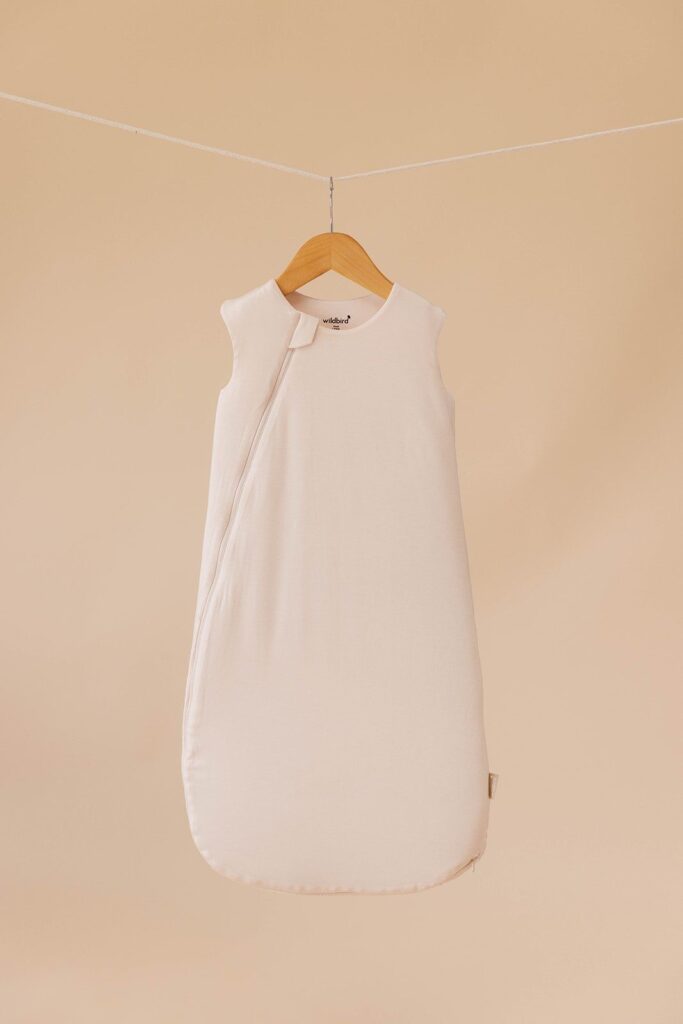
As parents, ensuring our little ones are comfortable and safe while they sleep is a top priority. However, finding the balance between keeping them warm enough in the winter and cool enough in the summer can be a challenge. Enter TOG rating – a simple yet essential tool in understanding how to dress your baby for sleep throughout the year. In this blog post, we’ll delve into what TOG rating means, why it’s important, and how to use it effectively to ensure your baby sleeps soundly, regardless of the season.
Once babies transition out of swaddles, sleep sacks become a popular choice for safe and comfortable sleep. TOG rating plays a crucial role in selecting the right sleep sack for your baby’s specific needs. By matching the TOG rating with room temperature, parents can ensure their little ones remain at an optimal temperature for restful sleep.
TOG rating correlates with nursery temperature to guide parents in selecting the most suitable sleep sack weight. Here’s a breakdown of common TOG ratings and their corresponding nursery temperatures:
Here is a helpful chart (from slumbersac) to determine how to dress your little one based on temperature + TOG:

Remember that every baby is unique, and their temperature preferences may vary. Pay attention to how your baby responds to different temperatures and adjust sleepwear accordingly. Ultimately, the goal is to create a comfortable sleep environment that promotes healthy sleep habits.
Copyright © 2021 – IslaGrace. All Rights Reserved
